May 16, 2025 | 02:18 GMT +7
May 16, 2025 | 02:18 GMT +7
Hotline: 0913.378.918
May 16, 2025 | 02:18 GMT +7
Hotline: 0913.378.918
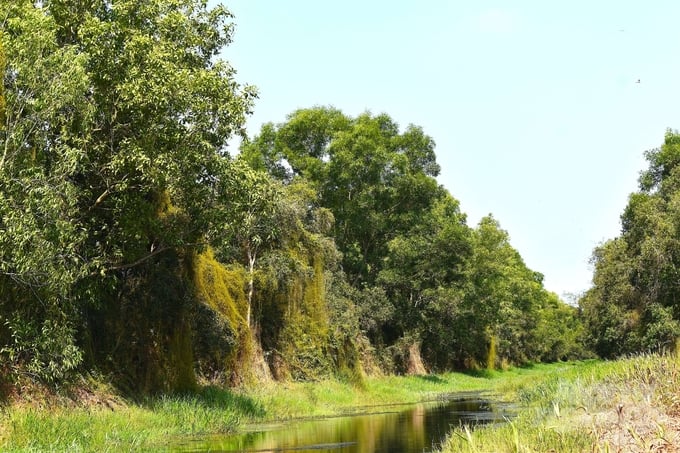
At the end of 2015, Lang Sen Wetland Reserve was recognized by the Ramsar Convention Organization as one of nine Ramsar sites in Vietnam and the 2,227th in the world. Photo: Hoang Vu.
In recent times, the World Wide Fund for Nature in Viet Nam (WWF-Vietnam) has implemented projects to improve livelihoods for people in the buffer zone of Lang Sen Wetland Reserve, including the floating rice growing model in Vinh Dai and Vinh Chau A communes (Tan Hung district, Long An province).
These projects have an extremely important role and significance in preserving and protecting biodiversity for this pristine wetland. Talking with Vietnam Agriculture Newspaper, Assoc. Prof. Dr. Nguyen Phu Son, who has participated in WWF's projects, said that the projects help localities manage flood and water issues in a nature-based direction. These projects aim to preserve biodiversity for this Ramsar site through activities.
"However, in reality, it is very difficult to create sustainability through activities in the short term. Creating activities to help people in the buffer zone of Lang Sen wetland have a uniform income in a year is also something that is highly expected to support the people here," added Assoc. Prof. Dr. Nguyen Phu Son.
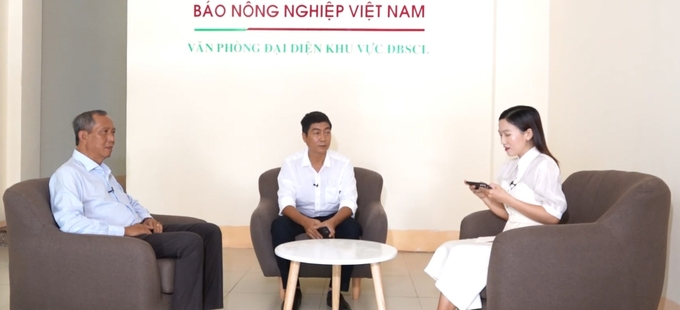
Assoc. Prof. Dr. Nguyen Phu Son (left) participated in Vietnam Agriculture Newspaper’s talk show with the topic "Improving the lives of people in the buffer zone of Lang Sen Wetland Reserve." Photo: VAN.
The floating rice growing model in Vinh Dai and Vinh Chau A communes (Tan Hung district, Long An province) is one of the livelihood models for people in the buffer zone. After 4 years of implementation, the model has brought practical results to people living in this area.
WWF-Vietnam's floating rice farming project has initially improved lives, increased income, and contributed to raising awareness of environmental protection for local people. According to the Vinh Dai Commune People's Committee, farmers participating in this model have income from rice growing and fishing activities in rice fields.
The seasonal rice variety sown is Nang Tay Dum. In the first years of implementation, this rice variety's yield was quite high, bringing good income. In recent years, due to the influence of weather, the average rice yield reached 1 ton/ha, reducing significantly compared to before. However, with the current purchasing price of 15,000 VND/kg, after deducting costs, farmers still earn a profit of 10–12 million VND/ha. In addition, farmers also earn 3-5 million VND/ha from fish.
Mr. Nguyen Luong Tuan, Chairman of the Vinh Dai Commune People's Committee, Tan Hung district, Long An province, shared: "The members participating in this project also contribute to protecting the Lang Sen Wetland Reserve through detecting cases of illegally entering the buffer zone as well as the Reserve and promptly reporting to the locality and the Reserve for timely intervention."
Thus, it is clearly shown that the project has had certain signs and results of economic efficiency. However, meeting 100% of initial expectations cannot be achieved due to subjective and objective reasons.
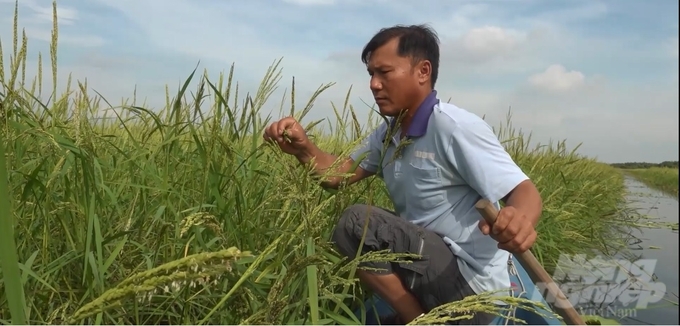
The floating rice growing model is implemented by WWF-Vietnam in Vinh Dai commune, Tan Hung district, Long An province. Photo: VAN.
According to Assoc. Prof. Dr. Nguyen Phu Son's own assessment, there are subjective reasons, such as the production practice and mindset of the people here. They still have a strong mindset of small-scale production, so they take a lot of time and efforts to keep up with activities when participating in implementing the project's models.
The second subjective reason is that livelihood activities during flood season and community activities cannot be done by one individual or one household but must be of a community nature. Meanwhile, the management and administration capacity of collective economic organizations here is obviously limited, so the project's efficiency has not been promoted.
Besides, there are also objective reasons leading to the problem that the project has not met expectations. The first is the market problem. Because, with small production scale, finding and connecting markets for the project's products will certainly initially encounter difficulties. Only people are seeing those benefits and pursuing them, so it requires time to succeed.
The second objective reason is the coordination and integration of projects and programs being implemented locally. Many state policies are also being implemented in this area but lack the good coordination and integration with the project.
Therefore, it can be seen that the floating rice livelihood model in particular and projects to improve livelihoods in general have been effective, but it requires the cooperation of all parties to find a more stable output and improve the livelihoods of people in the buffer zone of Lang Sen Wetland Reserve.
Translated by Thu Huyen

(VAN) Data from 10,000 farming households will help professionalize production organization and support the implementation of the One Million Hectares Program for High-Quality, Low-Emission Rice Cultivation.

(VAN) FAO Director-General QU Dongyu marks International Day of Plant Health at NENA conference.

(VAN) Deputy Minister of Agriculture and Environment Hoang Trung affirmed that floriculture and ornamental plants are a growing industry that receives significant global attention.

(VAN) The three staple crops dominating modern diets – corn, rice and wheat – are familiar to Americans. However, fourth place is held by a dark horse: cassava.
/2025/05/10/4037-3-223011_495.jpg)
(VAN) Remote sensing technology is becoming an indispensable tool in monitoring resources, developing modern agriculture, and protecting the environment in Vietnam.
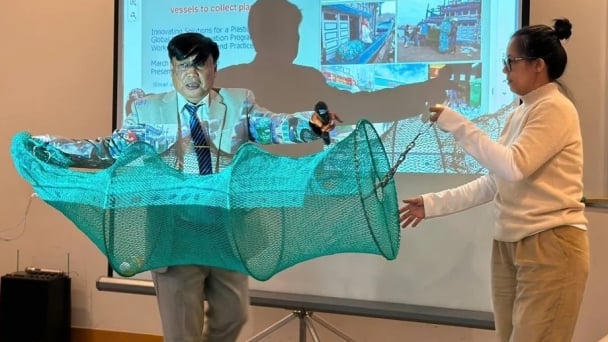
(VAN) The trash bag used on fishing vessels can withstand rough sea conditions, including level 8 to level 10 winds and waves. Notably, it can be hung anywhere on the boat.
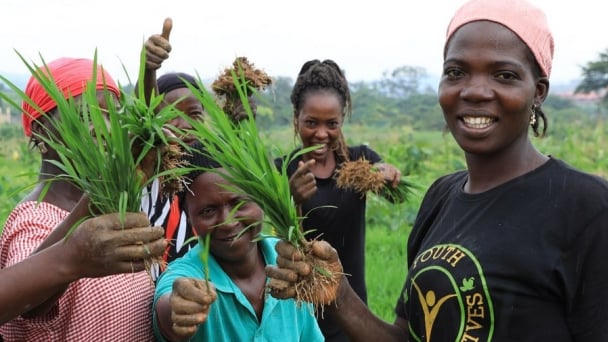
(VAN) African leaders launched the Kampala Declaration on Building Resilient and Sustainable Agrifood Systems in Africa, marking a bold step toward transforming the continent's agriculture.